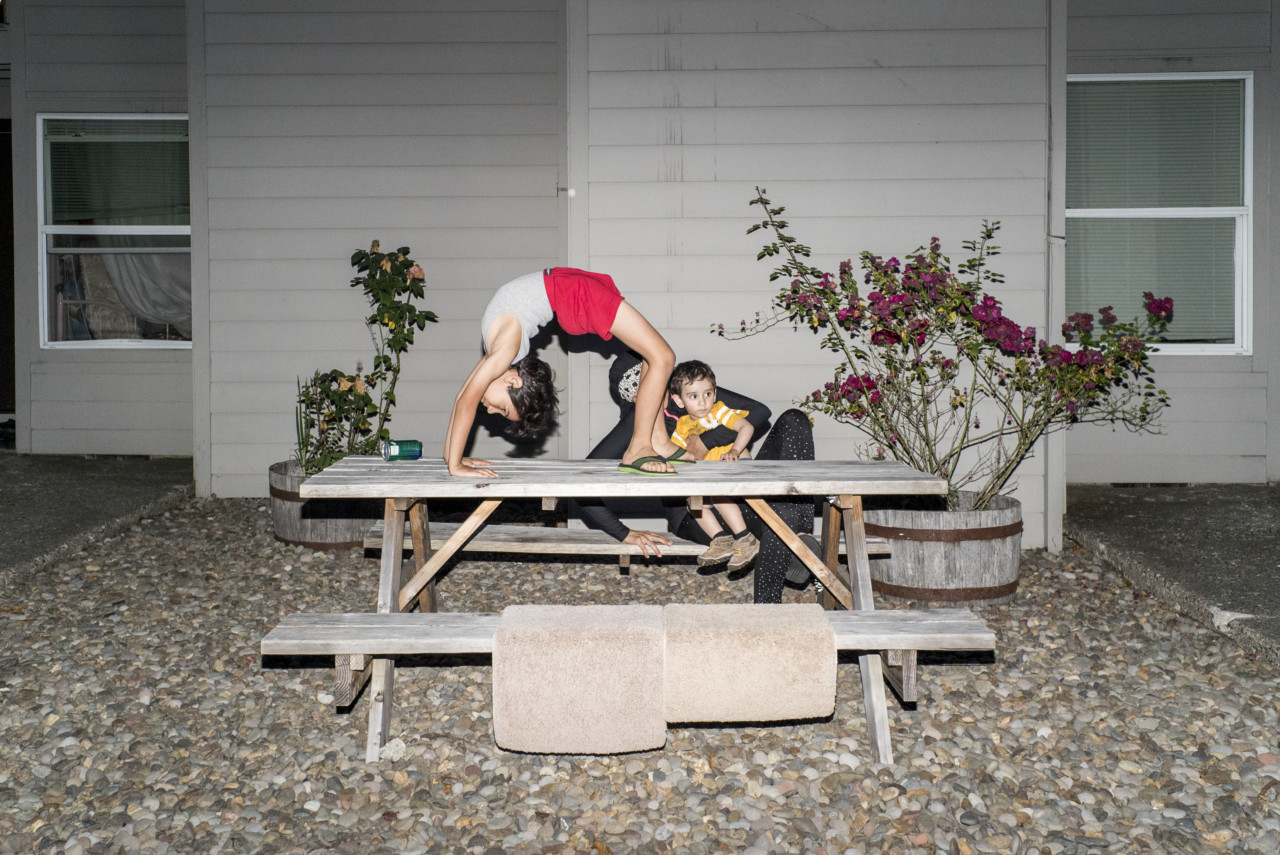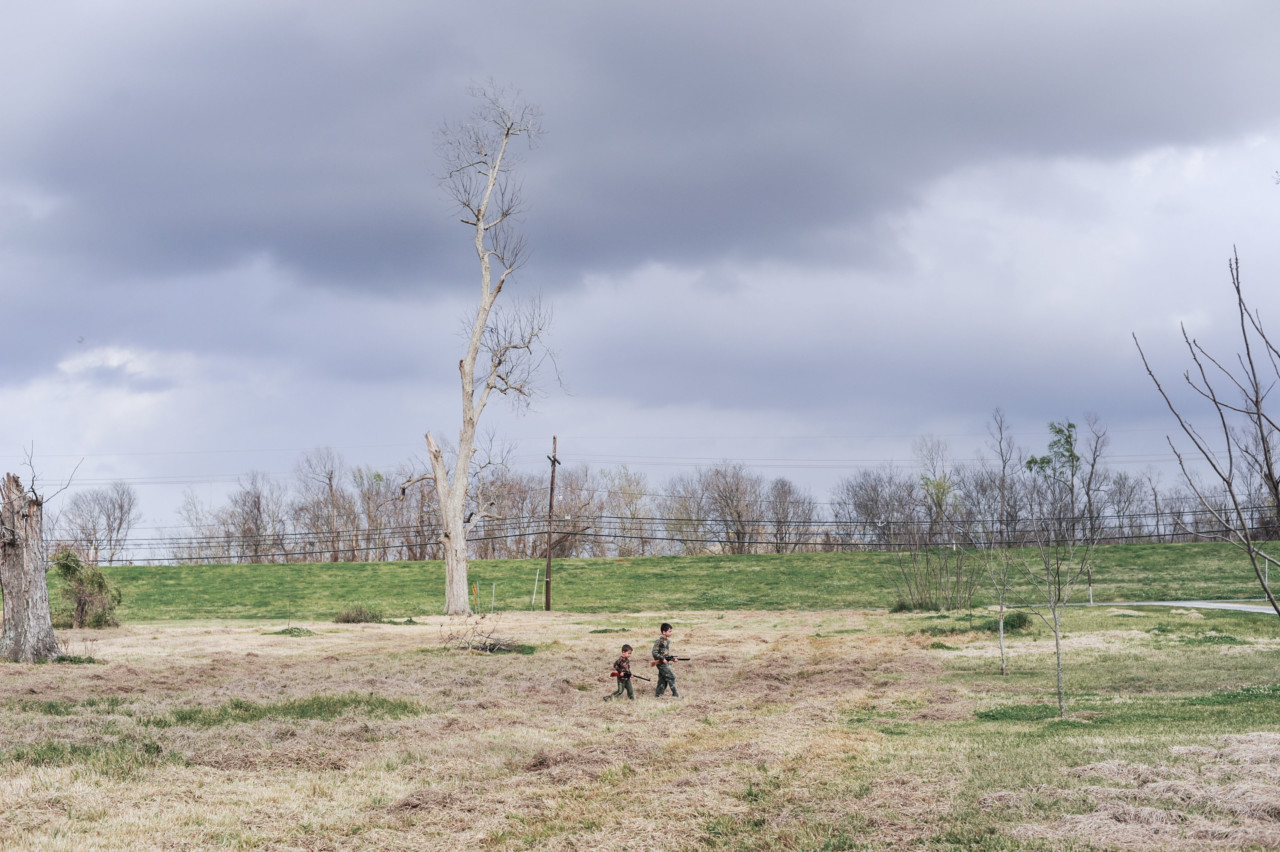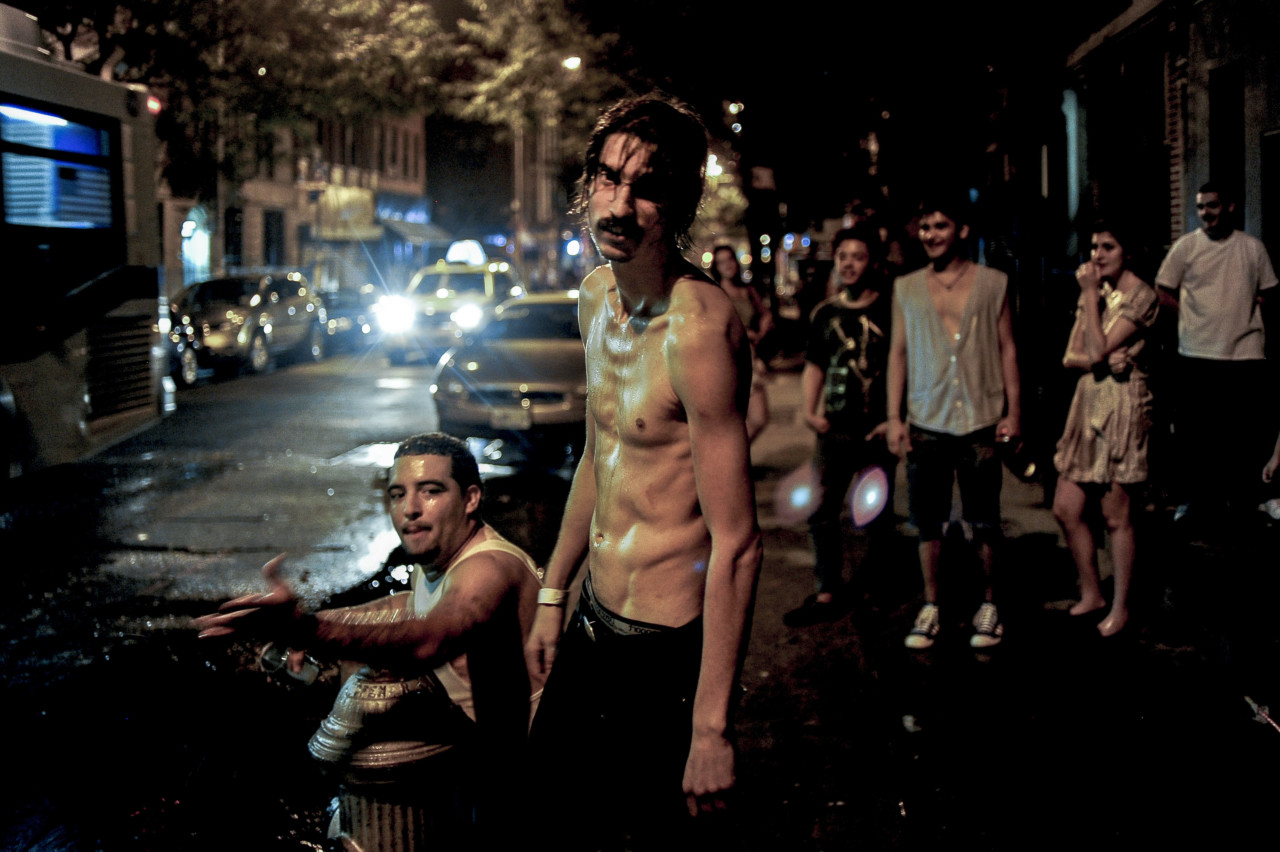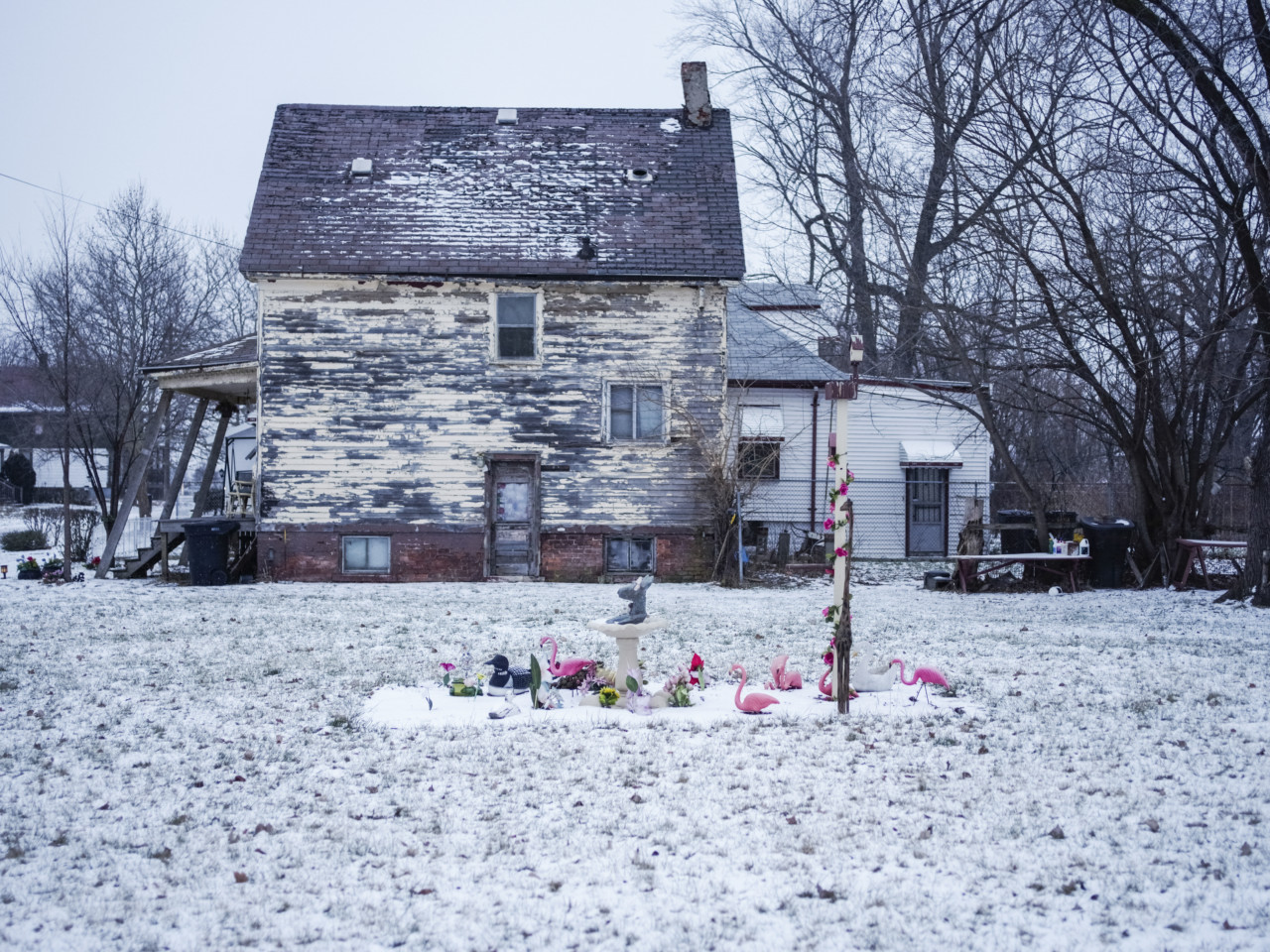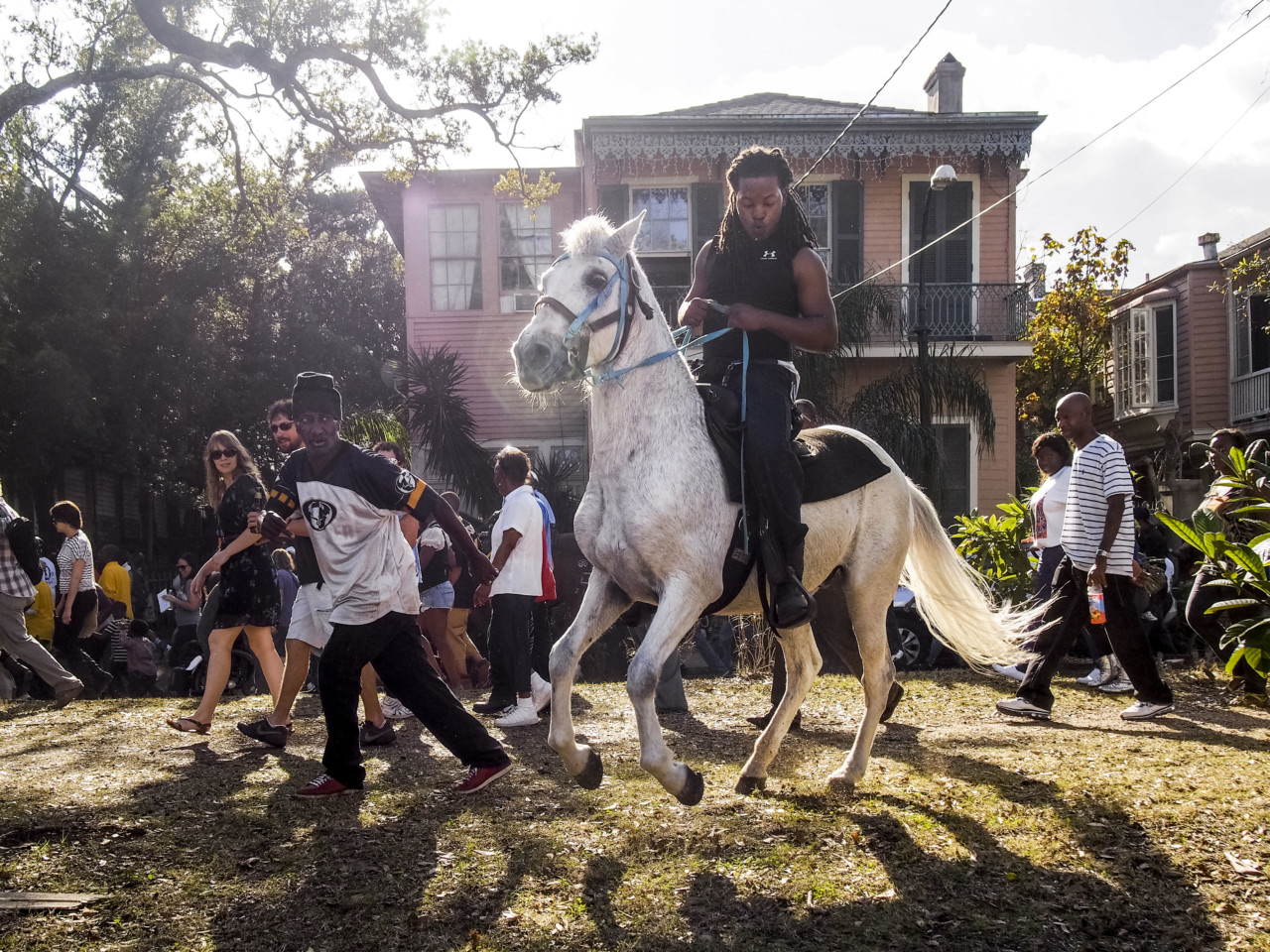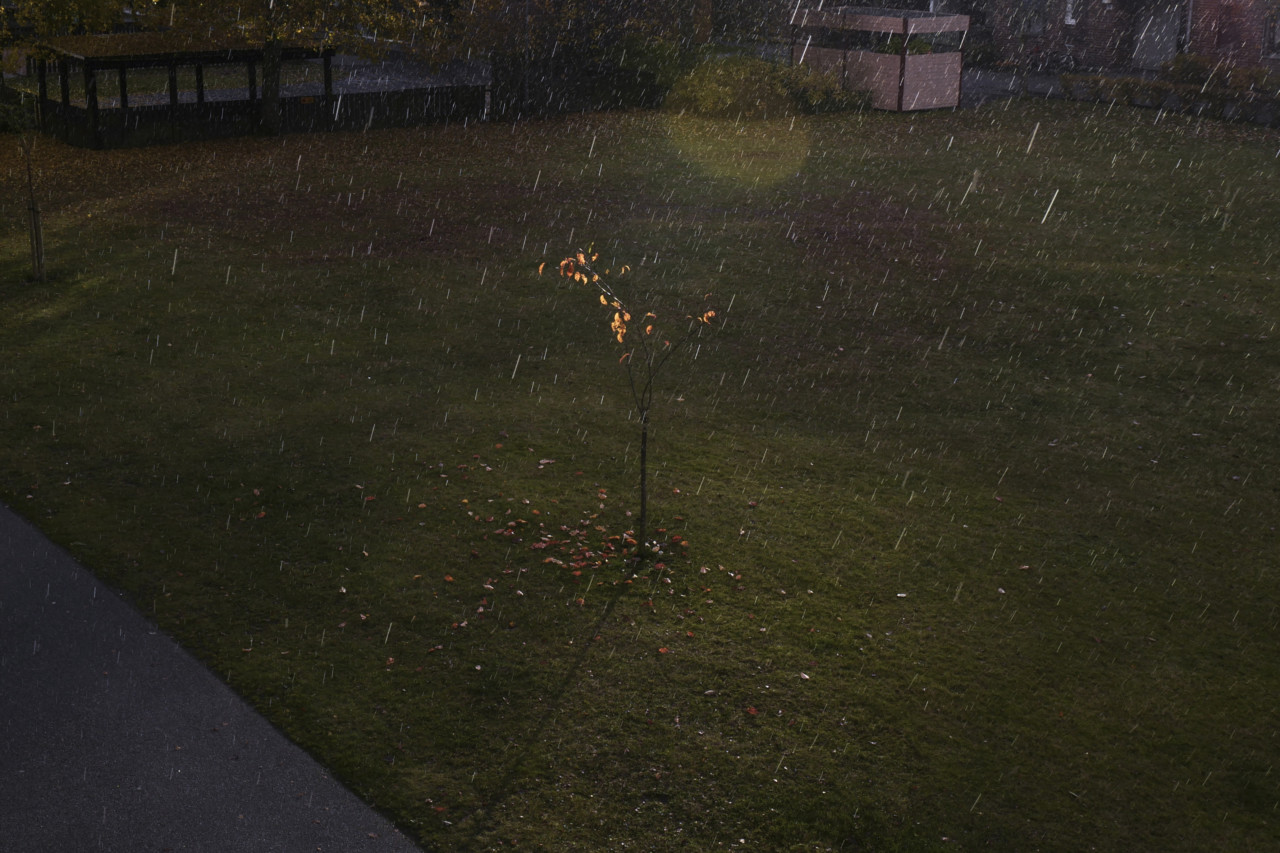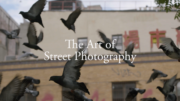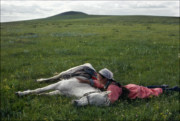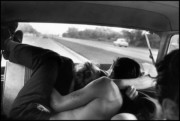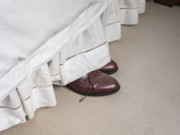Peter van Agtmael on Troublesome Labels and Transcendental Moments
The Magnum photographer reflects upon the difficulty of using labels in photography, and the potentially transcendental beauty of the everyday
Peter van Agtmael is – along with Susan Meiselas, Bruce Gilden, Carolyn Drake, Richard Kalvar, Mark Power and Martin Parr – one of the teachers of Magnum’s first online photography course, The Art of Street Photography. Yet van Agtmael himself shies from the labelling of both photographers and photographic methods, preferring to stress and focus upon the overlapping influences and incredible breadth of photographic expression. Here he discusses the development of his practice, the training of the photographic eye, and the obsessing, transient moments of beauty to be found when photographing the familiar.
In spite of being one of the teachers on a course focussed upon street photography, those sorts of genre-labels are something you have spoken of feeling conflicted about?
I don’t have any sort of negative, knee-jerk reaction to terms like that. I realise that labels are, of course, important and in certain cases they are accurate. Some people prefer to work only on the street, and in such a case that label is as good a description as you can come up with for their type of work. But for me, as someone who is interested in the broad range of possibilities of photographic expression, the street is just one of many forms, indeed almost all conceivable forms, that I aim to use in photography.
That said, in some ways working on the street ties into one of the most joyous things about the way I work, so far as you can never anticipate what you are going to find. It is exploratory, there’s no before and after… You stop a person and photograph them in passing, or you don’t, and then that moment is over. That’s the finite nature of street photography that I really enjoy.
So, for you, photography works best when it is drawing on a broad spectrum of possibilities, and of abilities? And as a result, taking a photo in the street doesn’t suddenly mean that photograph is not informed by the breadth of your practice or experience, it doesn’t stand alone?
Street photography is an extremely important but narrow segment of what you can do with photography. In some ways it’s the easiest – all you need is to walk in the streets with a camera, but of course in other ways it’s the hardest… How do you confront strangers, on what terms does one work with them, and how do you make sense of a disorderly frame?
Street photography encapsulates all of these different challenges. It’s one small slice of expression, but at the same time much of what photography is capable of can be embodied in street photography. Gary Winogrand is one of my favourite photographers, partly because he seemed to pack so much of human experience in just cruising along American streets.
Earlier in your career you were often spoken about as a conflict-focused photographer, which might seem odd to many now. Do you think that the long-term structure of your projects – your interest in tracking the impact of war back to America – meant you had to photograph more domestically, more on the streets? Was the way you work dictated to an extent by the subjects?
I always had an interest in a broad range of photography, and part of the reason I am slightly sceptical or resentful of labels like these is that they are way too easily and lazily applied. So it was common that I was referred to as a conflict photographer, and perhaps at the time I didn’t do enough to oppose it.
Fundamentally I think I was always interested in history, the nature of America, and the nature of power. And the nature of conflict was at that time in history a very important part of all of those interests.
I have a friend coming over to work on a book soon. That book has elements of what you might call street photography, elements of what you might call conceptual photography, it includes intimate pictures, detached pictures, landscapes – that’s what I take the most interest in when working: how to encapsulate all these forms of photographic expression to tell a much broader narrative about the subject I find most passionately interesting, which is the nature of America, American identity and power.
Any one type of photography is, in my mind, totally inadequate to express those ideas. Beyond that challenge there is the sheer pleasure of trying to explore ways of seeing beauty, and to try and make broad work function coherently together. Everyone is always looking to best express themselves, and also to do what is hopefully unique work, work that stands the test of time. Working all of that into a unique and coherent vision is really exciting. That is key.
"I was always interested in history, the nature of America, and the nature of power"
- Peter van Agtmael
Does the wide variety of approaches you have worked in feed directly into your work on the street?
Absolutely. These experiences of working in varied ways all inform one another. The lessons in street photography, say – about being super mindful of an individual moment in time, how there might sometimes be just that one 500th of a second which creates the picture that transcends all the other you might take in a day… That same lesson could just as well apply to portraiture, or landscape photography. It’s just that the momentary path of a shaft of light falling on the street might, or in the case of portraiture, be the slightest turn of the face or a minute change of expression.
They are all decisive moments in one way or another, they just happen to be in forms that are labelled in different ways. That’s also part of the reason that I find labels can be reductive – the same principles apply: when you are freezing that frame at 1/250th, 1/500th, 1/30th of a second it’s that one moment that matters – and that applies to all photography.
You have spoken about using photography as a way of playing with memory also. Do you think people’s interest in that aspect of photography lends weight to the attraction of documenting the everyday?
One of the things I find so interesting about photography is that it holds such a clear yet uncertain relationship between the image and memory. We don’t know what we remember and why, what stays at the top of our thinking and what sinks below. Its also very unclear what jogs our dormant memory, be it sights, smells or experiences. If I look back at a picture taken on a given day, a memory might recur, or come back up from my subconscious, even if it is not linked to the image I am looking at. That, to me, has always been the most consistent thing about photography: its ability, even when I am not looking at a specific visual rendering of that memory, to bring these things back.
Sometimes they are very important memories which felt unimportant at the time, but when they come back they help you define a certain time or place in your life, or at least understand it a bit better. I guess pictures and memory are both fragmentary, and in some ways unreliable, and what is what makes their linkage so interesting.
"I think my view of beauty was, for a long time, tied to the conventions of what society thought of as beautiful"
- Peter van Agtmael
You mention in the course itself that your eye has changed over time, that you are now able to see beauty in things which, when you were younger, might have seemed utterly banal, or without value. Do you think working more in a domestic, or familiar setting helped you develop that?
I often I think of all the years of my life I went through, you know, where really my eyes weren’t doing that much work. Maybe they were appreciating the beauty of a person, or of some great architecture… but they weren’t recognising beauty in the context of the everyday. I didn’t even really know it existed. I think my view of beauty was, for a long time, tied to the conventions of what society thought of as beautiful.
My discovery of photography, and of the photographers that came before, showed me that ability to scrutinise objects, shapes, and to find that sort of beauty. I was looking at the work of photographers who could find beauty in asphalt, or a parking lot, or a puddle – in something soiled or dirty. They could turn these things into something transcendent. Understanding that changed my way of viewing the world. Everything became potentially beautiful.
It turned out beauty was not, of course, about conventions at all. It could be found anywhere. That was a great discovery because, you know, life is hard, and beauty is one of the things that makes it a little more tolerable. So the notion that it can be discovered in any given moment, on your daily walk to the store say, is something that has been profoundly transformative for me. It has allowed photography to be an escape. An escape at any time, in any place. I don’t have to go to the Grand Canyon or the Eiffel Tower, I can just walk out the door.
"So the notion that [beauty] can be discovered in any given moment, on your daily walk to the store say, is something that has been profoundly transformative for me"
- Peter van Agtmael
Does street photography, or let’s say that more domestic, still photography, say in contrast to photographing kinetic situations force one’s eye to work harder?
Yes, I think that sort of work is definitely more challenging. I think also that it’s more rewarding as a result. And there is training, and constant training in the sense that this sort of beauty is pretty hard-won, and hard to achieve, but it’s addictive in a sense too. It is not going to happen every day, every week, month – maybe not even every year – but I could walk to buy some milk and eggs and see something of potentially transcendental beauty.
I don’t consider myself a master of the banal – like William Eggleston – for example, but I think those lessons can be applied to the more documentary, social justice imagery that I find more affection for in my work. Part of it is almost mindfulness training in a way. It might not be that those pictures resonate with me deeply as my best, but they inform the rest of my work. I would not have seen those things without photography, because you do have to look hard, you can’t just pass by the world in the blur.
You can find out more about Magnum’s The Art of Street Photography course, here.


